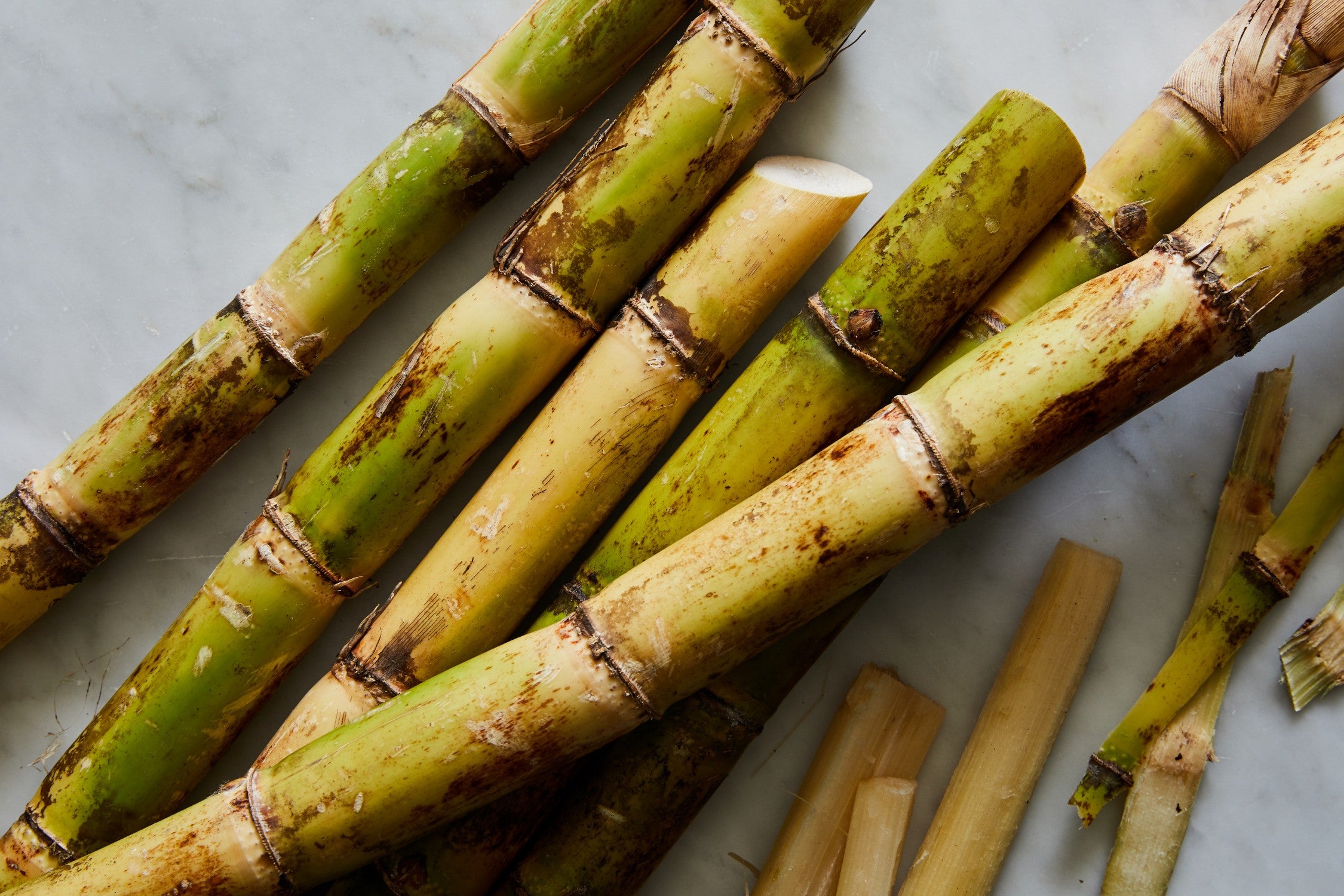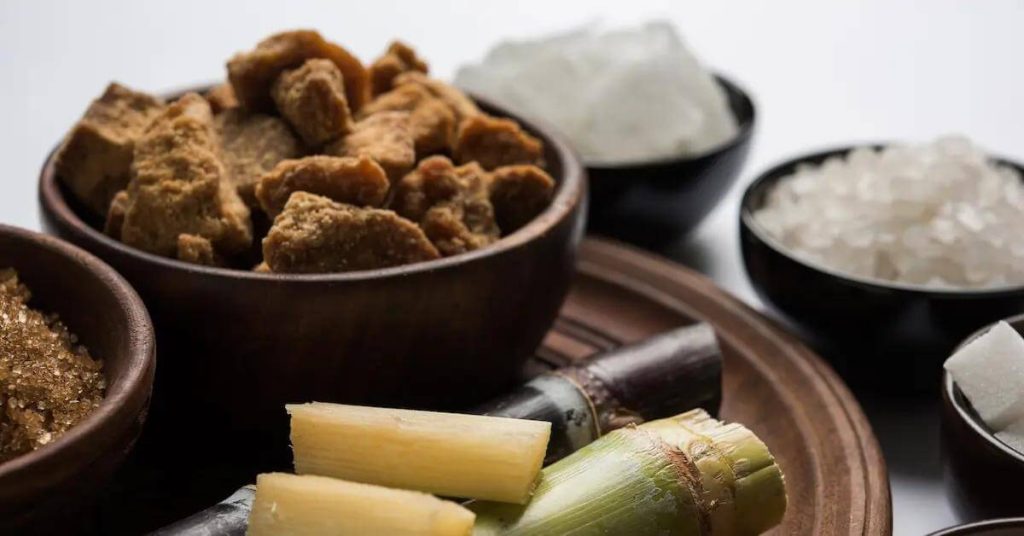Advanced Cane Sugar Processing: Enhancing Performance and Sustainability
Wiki Article
A Thorough Overview to the Ecological Influence and Sustainability Practices in Cane Sugar Processing
The environmental effect of walking stick sugar handling provides an intricate array of challenges that warrant careful exam. From soil degradation and extreme water usage to the carbon footprint connected with farming and production, the repercussions of traditional practices are significant. In contrast, the adoption of cutting-edge sustainability measures uses a path toward a lot more accountable production techniques. Comprehending the interplay in between these concerns is essential for stakeholders in the industry. What specific techniques can be applied to strike an equilibrium in between efficiency and environmental stewardship? The solutions depend on a better take a look at both the challenges and potential options.Overview of Walking Cane Sugar Processing
Walking cane sugar processing entails a series of organized steps that change sugarcane into polished sugar. Initially, gathered sugarcane is delivered to processing centers, where it undergoes cleaning up to remove dirt and particles. Following this, the walking stick is squashed to extract juice, which is after that clarified by getting rid of impurities with heating and the addition of lime.The clarified juice goes through dissipation, where water is eliminated to focus the sugar content. This focused syrup is after that crystallized with air conditioning, enabling sugar crystals to create. These crystals are separated from the staying syrup using centrifugation, leading to raw sugar. To attain refined sugar, the raw product undertakes further filtration processes, which may consist of washing and filtering to get rid of staying impurities and shade.
The final item is then dried out and packaged for distribution. Throughout this whole process, maintaining performance and quality assurance is vital to make sure the sugar fulfills sector criteria. Each action in cane sugar processing not only adds to the final product but also has implications for resource use and waste generation, setting the phase for conversations on sustainability and ecological influences connected with sugar manufacturing.
Environmental Difficulties of Production
The production of walking stick sugar presents several substantial ecological difficulties that warrant interest. One main issue is the substantial usage of agrochemicals, including chemicals and fertilizers, which can result in soil degradation, biodiversity loss, and contamination of neighborhood water resources. The overflow from sugarcane fields commonly carries these chemicals right into neighboring ecosystems, disrupting marine life and affecting the wellness of areas reliant on these water bodies.One more challenge is the high power intake related to sugarcane handling. The boiling and refining stages need substantial warmth, mostly created by melting nonrenewable fuel sources, contributing to greenhouse gas discharges. Furthermore, the expansive land area required for sugarcane farming can cause deforestation and habitat destruction, more aggravating climate modification and threatening wild animals.
In addition, the labor methods in some areas increase ethical problems, as workers might face inadequate working problems and insufficient salaries. This scenario usually bolsters a cycle of poverty in neighborhood neighborhoods. Cane Sugar Processing. Attending to these ecological challenges is essential for creating extra sustainable techniques in walking stick sugar production, eventually benefiting both the setting and the communities associated with this sector
Water and Land Use Influence
Water resources and land utilization are important elements in the cane sugar sector that dramatically influence the environment. The farming of sugarcane requires significant water input, with estimates suggesting that it can take in approximately 2,000 litres of water per kilogram of sugar created. This intensive usage of water frequently brings about depletion of local water sources, influencing not just the sugarcane plantations however likewise bordering ecosystems and neighborhoods pop over to these guys that depend on the very same water resources for farming and residential usage.
In addition, land use for sugarcane farming can cause deforestation and the conversion of all-natural habitats into monoculture ranches. This technique reduces biodiversity, disrupts neighborhood communities, and contributes to soil destruction. The development of sugarcane fields commonly encroaches on important farming land, producing competition for resources between food and biofuel manufacturing.
Sustainable techniques, such as maximizing irrigation techniques and applying crop rotation, are vital to reduce these effects. By taking on a lot more reliable water use and land administration strategies, the walking stick sugar market can lower its eco-friendly footprint, making sure an equilibrium in between farming productivity and environmental preservation.
Greenhouse Gas Emissions
Greenhouse gas emissions represent a considerable environmental worry within the walking cane sugar handling sector, particularly as agricultural methods broaden to satisfy worldwide need. The growing of sugarcane, a plant that grows in exotic environments, counts greatly on synthetic plant foods and pesticides, which add to nitrous oxide discharges. Furthermore, land-use modifications, including deforestation for new sugarcane vineyards, release carbon dioxide kept in greenery and soil.Throughout processing, power intake is one more major source of greenhouse gas exhausts - Cane Sugar Processing. Several sugar mills use fossil gas to power equipment and produce warm, leading to significant carbon footprints. In addition, the transportation of raw sugarcane and completed products adds layers of discharges via fuel burning in automobiles
This entails assessing existing agricultural methods, refining methods, and transport systems to identify areas for renovation and mitigation. Attending to greenhouse gas emissions is vital for cultivating a more sustainable walking stick sugar sector in a changing climate.

Lasting Practices and Innovations
Sustainable practices and technologies are progressively important in the walking cane sugar processing sector as stakeholders seek to lower environmental influences while preserving productivity. One substantial development is the execution of integrated read the article plant monitoring, which maximizes source usage by combining soil management, parasite control, and plant turning strategies. This approach boosts yield while minimizing chemical inputs and maintaining dirt wellness.Additionally, the fostering of eco-friendly power resources, such as biomass from sugarcane residues, has actually gotten grip - Cane Sugar Processing. By converting waste products right into energy, processing facilities can minimize their dependence on fossil fuels, consequently lowering greenhouse gas discharges
Water administration techniques have also seen enhancements via the recycling and reusing of water in handling plants, substantially lowering freshwater consumption. Developments in innovation, such as accuracy farming, make it possible for farmers to monitor crop health and wellness and source use better, guaranteeing lasting growing techniques.
In addition, certification programs like Fair Trade and Rainforest Alliance encourage ecologically accountable farming methods and advertise social equity within the supply chain. By accepting these lasting techniques and innovations, the walking cane sugar handling market can improve its durability and contribute positively to environmental stewardship.
Conclusion
The environmental impact of walking cane sugar handling offers substantial difficulties, consisting of dirt deterioration, high water usage, and greenhouse gas emissions, alongside ethical problems associated with labor techniques. Attending to these problems through lasting methods, such as incorporated plant monitoring, renewable resource fostering, and water recycling, is vital. By promoting ecologically accountable and socially fair methods in sugar production, the market can alleviate its damaging effects, ensuring a more sustainable future for both neighborhoods and environments associated with this field.Walking cane sugar handling involves a collection of systematic steps that transform sugarcane into refined sugar. Each step in cane sugar handling not only contributes to the last item yet also has ramifications for source use and waste generation, setting the phase for conversations on sustainability and environmental effects linked with sugar manufacturing.
Greenhouse gas discharges stand for a considerable environmental worry within the cane sugar handling industry, specifically as agricultural methods increase to satisfy international demand.Lasting practices and technologies are progressively essential Discover More Here in the cane sugar handling industry as stakeholders seek to lower ecological impacts while keeping performance.The ecological effect of walking stick sugar processing provides significant difficulties, consisting of dirt degradation, high water usage, and greenhouse gas exhausts, alongside ethical worries connected to labor practices.
Report this wiki page